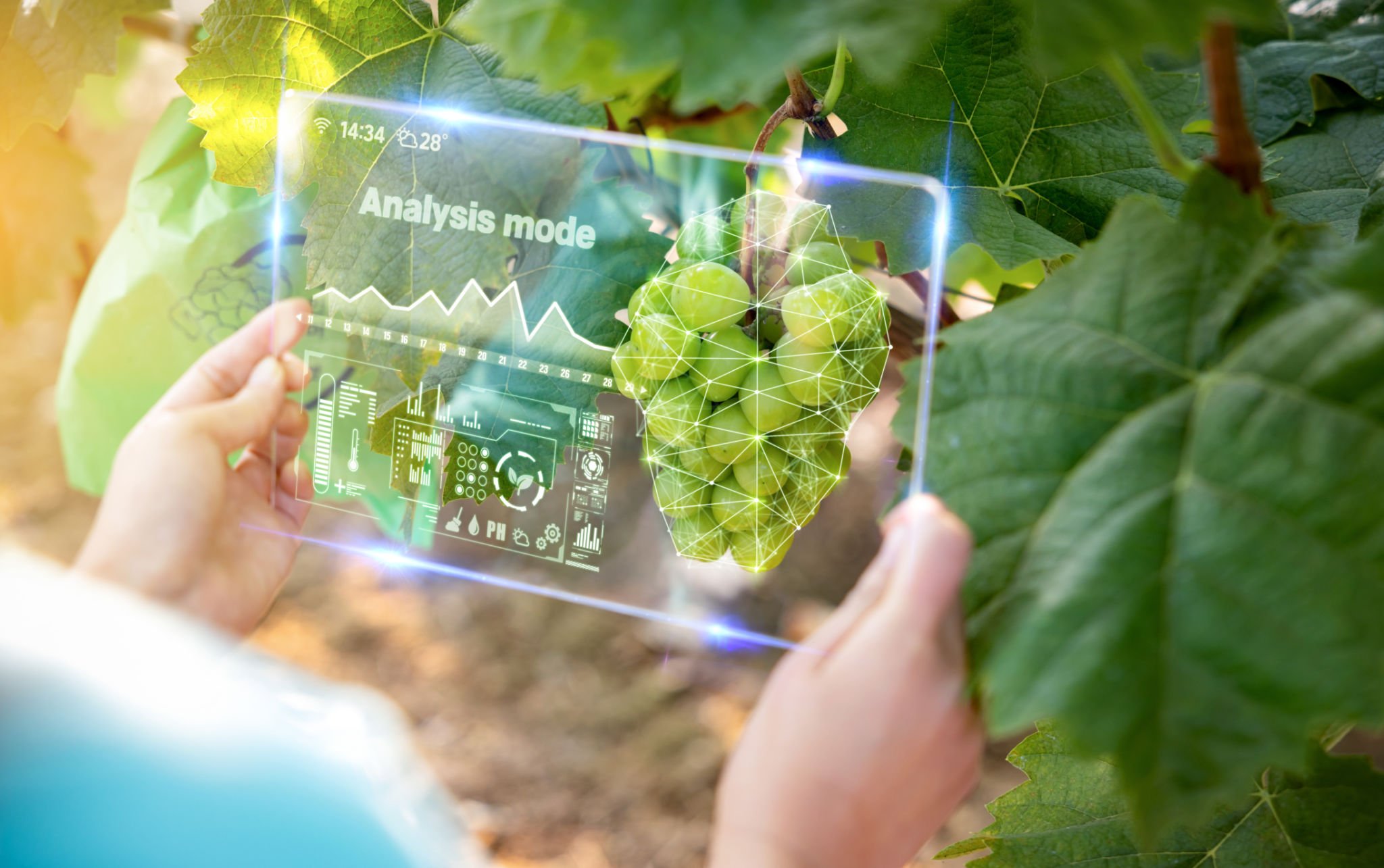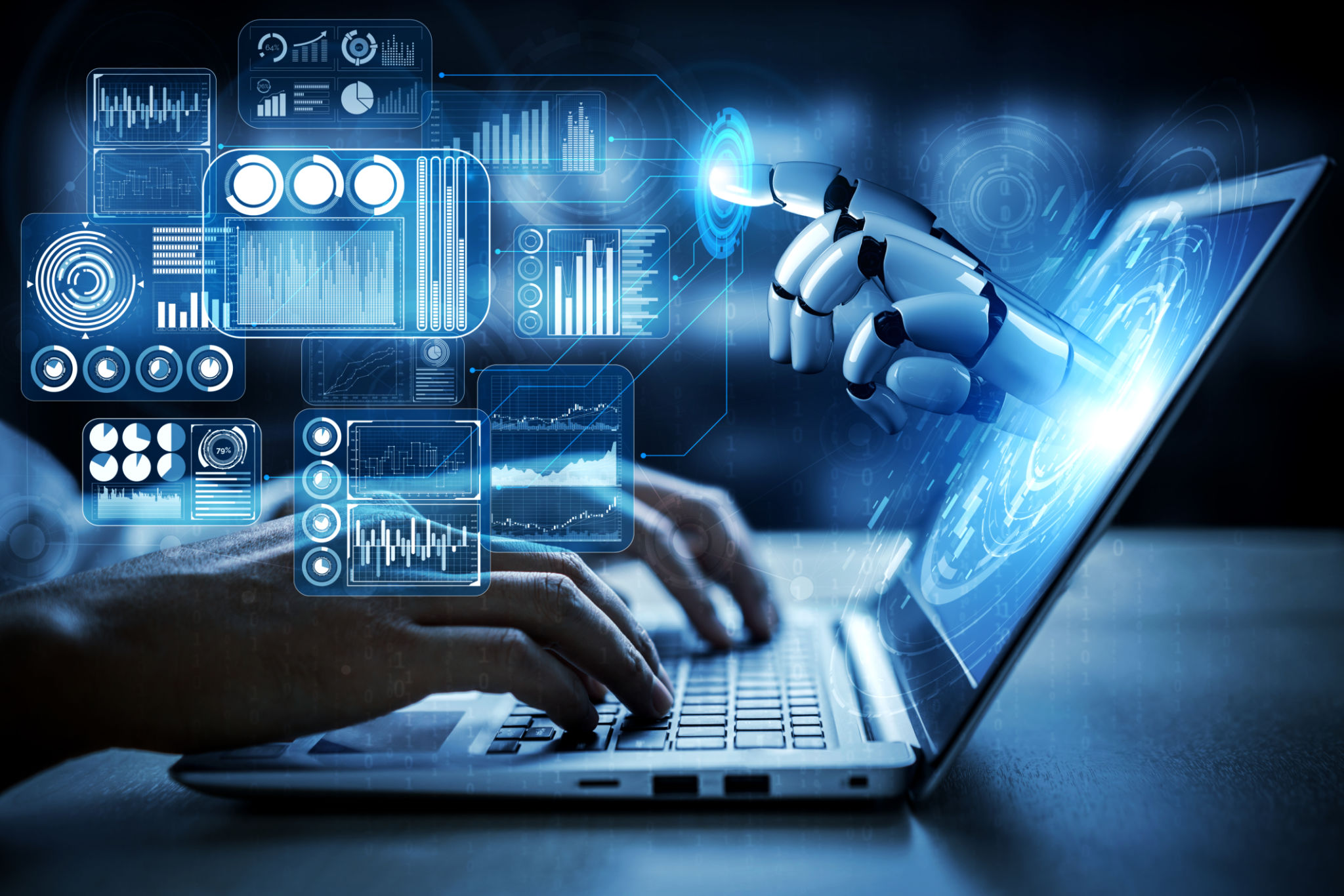Deep Learning: The Brain Behind Modern AI
Deep learning is a cornerstone of artificial intelligence, driving many of the cutting-edge applications that are transforming our world. This specialised subset of machine learning emulates the neural networks of the human brain, enabling computers to process massive datasets and tackle complex problems with extraordinary precision.
What Is Deep Learning?
Deep learning leverages artificial neural networks with multiple layers to analyse and learn from data. These networks are modelled after the human brain, with each layer of nodes specialising in identifying specific features within the input data.
For instance, in image recognition:
The first layer might detect edges
The second layer could recognise shapes
The third layer might identify objects
As the system processes more data, it continuously refines its ability to discern patterns, ultimately making more accurate predictions.
Real-World Applications
Deep learning has found widespread application across numerous industries, revolutionising how we approach challenges in areas such as healthcare, natural language processing, agriculture, and computer vision.
Healthcare

Deep learning has delivered transformative advances in medical science, including:
Medical imaging analysis: AI systems can identify conditions like cancer or diabetic retinopathy from medical scans, often matching or surpassing the accuracy of human experts.
Personalised treatments: Tools like IBM Watson Health analyse vast quantities of medical literature and patient data to recommend tailored cancer treatments.
Electronic health record (EHR) analysis: AI models process complex data from EHRs to uncover actionable insights for patient care.
Drug discovery: Deep learning accelerates the search for new drugs by exploring chemical compounds and predicting molecular behaviours.
Wearable integration: AI-powered devices, such as Current Health's FDA-approved wearables, track health metrics at home to provide proactive care.
Natural Language Processing (NLP)

Deep learning has significantly advanced how machines understand and generate human language:
Large Language Models (LLMs): Innovations like GPT and BERT have redefined benchmarks for natural language understanding.
Transfer learning: Pre-trained models are adapted for specific tasks, improving efficiency and performance across diverse applications.
Multi-task learning: Architectures like T5 handle numerous tasks, such as sentiment analysis and machine translation, within a single framework.
Enhanced comprehension: These models interpret nuance, context, and complex linguistic features with remarkable sophistication.
Agriculture

Deep learning is reshaping farming and food production by enhancing efficiency and sustainability:
Crop management: AI predicts yields, detects diseases and weeds, and optimises irrigation systems.
Weather prediction: Machine learning models guide farming decisions by analysing weather patterns.
Soil management: AI predicts soil fertility and recommends precise fertiliser use.
Livestock monitoring: Deep learning tracks animal welfare and identifies early signs of disease.
Remote sensing: AI classifies land use and crop types from satellite imagery, providing actionable insights.
Computer Vision

Deep learning has propelled computer vision into the spotlight, enabling machines to interpret and respond to visual data:
Healthcare: AI tools like Mask R-CNN enhance tumour detection, delivering faster and more accurate diagnoses.
Agriculture: Computer vision improves tasks such as weed detection, crop quality grading, and insect identification.
Self-driving cars: Deep learning helps autonomous vehicles perceive their surroundings and make real-time decisions for safer navigation.
A New Era Powered by Deep Learning
Deep learning is not just a technological advancement—it’s a paradigm shift. By mimicking the intricacies of the human brain, it has enabled machines to perform tasks once thought to be the exclusive domain of human intelligence. From saving lives in healthcare to feeding the world sustainably and revolutionising transportation, deep learning is driving progress in ways that were unimaginable a few decades ago.
As this technology continues to evolve, one thing is certain: we are only at the beginning of discovering its potential. The future of AI, fuelled by deep learning, promises to be an extraordinary journey. Will you be ready to embrace it?
